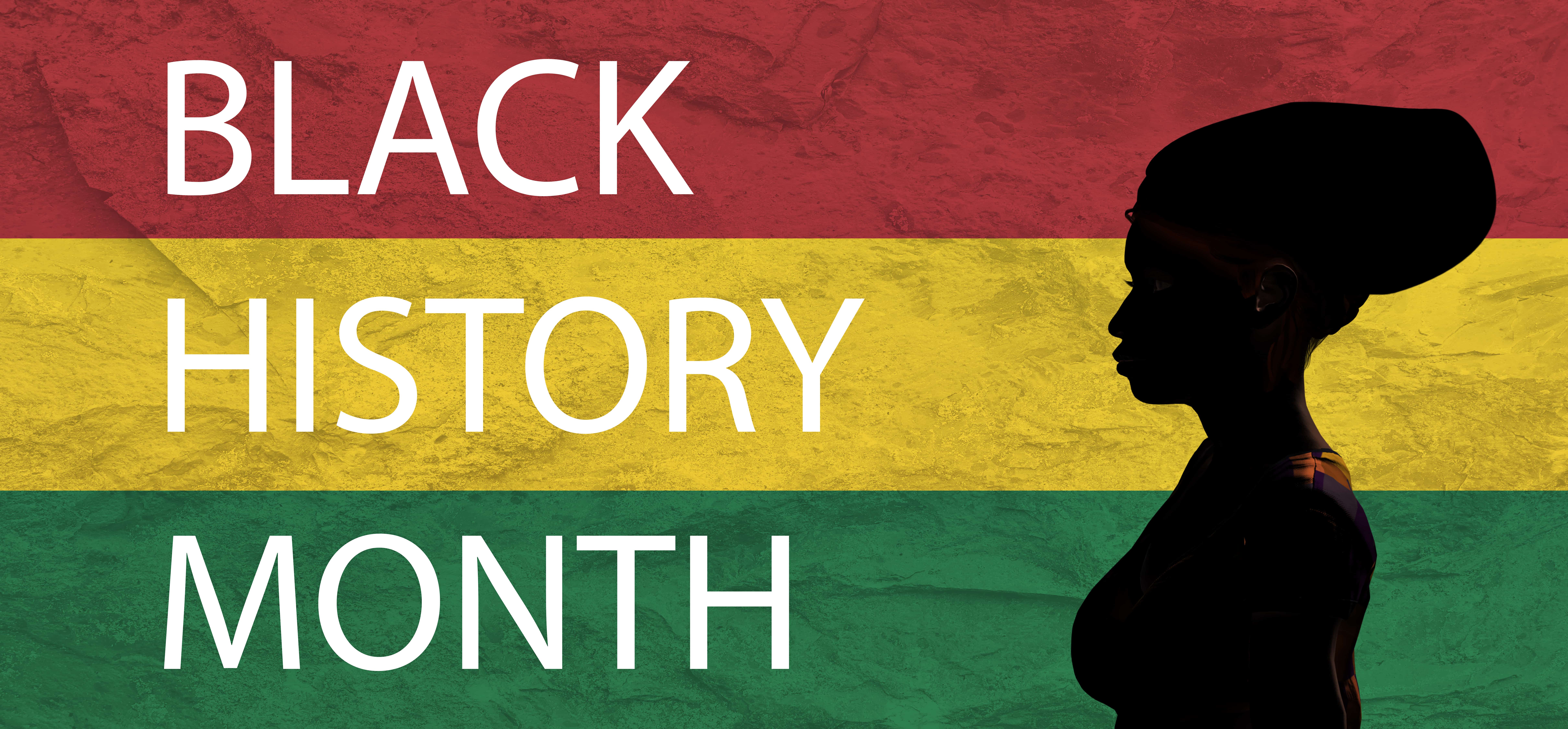22 Aug Women’s Equality Day
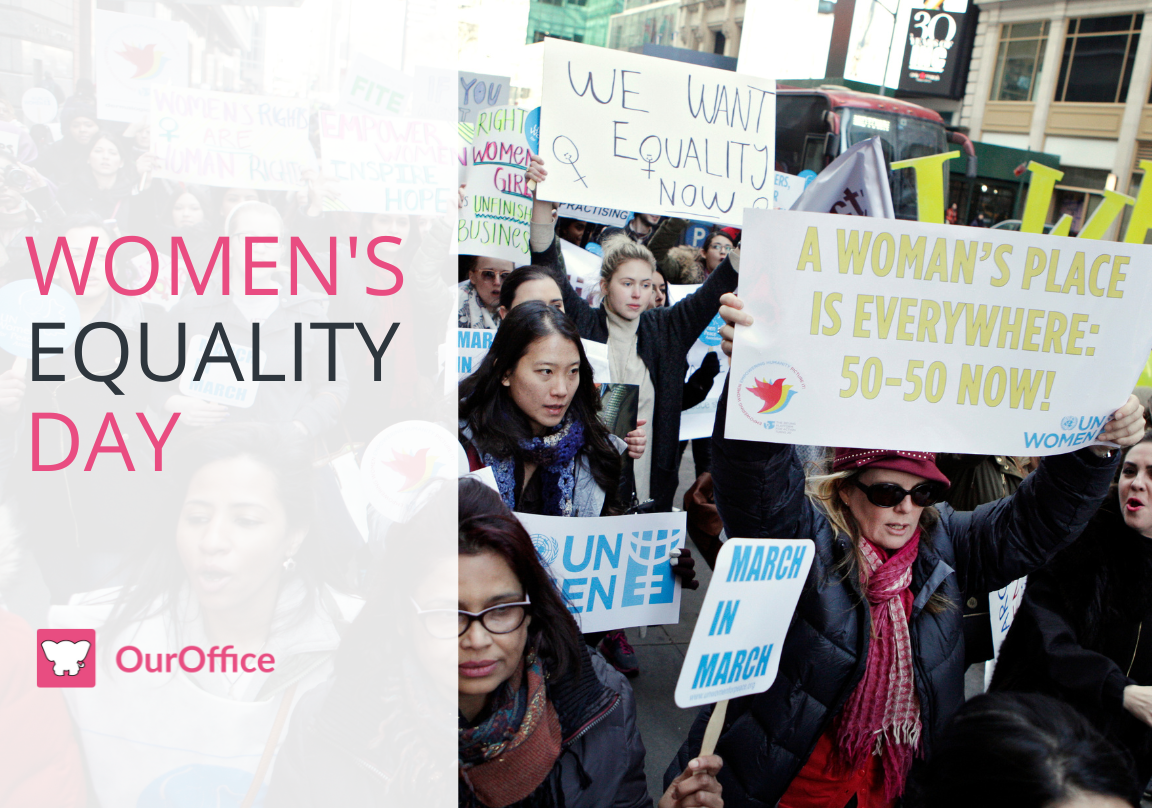
The 19th Amendment, passed in August of 1920, gave women the right to vote. While this was a monumental event for women in American history, many women still did not have access to this fundamental right after its passing.
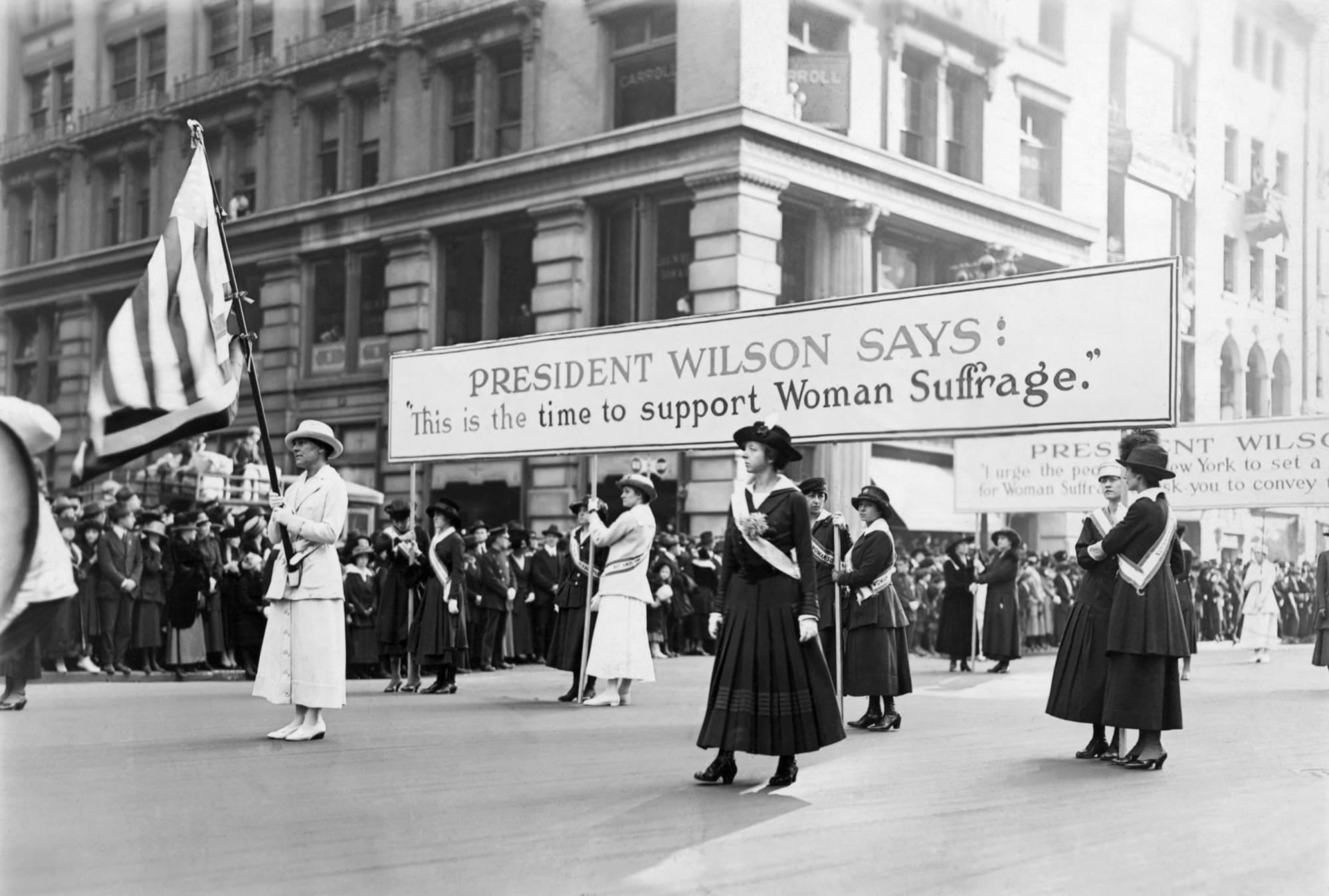 HistoryThe suffrage movement began in the mid-1900s when women began organizing, protesting, and lobbying to support women's right to vote (National Archives). The National American Woman Suffrage Association (NAWSA) was the country's most prominent women's suffrage organization. This organization led many demonstrations for the vote through 1920, when Congress passed the 19th Amendment.
HistoryThe suffrage movement began in the mid-1900s when women began organizing, protesting, and lobbying to support women's right to vote (National Archives). The National American Woman Suffrage Association (NAWSA) was the country's most prominent women's suffrage organization. This organization led many demonstrations for the vote through 1920, when Congress passed the 19th Amendment.
White wealthy women were the face of the suffrage movement. However, African American, Hispanic, and Latino men and women worked hard to organize in their communities with hopes of being included in the movement.
Organizations such as the National Association of Colored Women (NACW) and the National Association for the Advancement of Colored People (NAACP) helped to organize people across the country. They believed that if white women needed the right to vote to protect their fundamental rights, then blacks, especially black women – as victims of racism and sexism – needed the right to vote as much, if not more. American history is often told as a single story and does not include the voices and the hard work of people of many backgrounds and their unique challenges.
After the 19th Amendment was ratified, Black women like Mary McLeod Bethune, Maggie Lena Walker, Fannie Williams, and many others worked diligently to press forward and continue to fight for the right to vote for African Americans. At the start of the suffrage movement, white and black women worked side by side, but in many cases, after the passing of the 19th Amendment, Black women found themselves alone to continue the fight for equal rights. Even after passing the Civil Rights Acts of 1957, 1960, and 1964, the struggle continues for African Americans and their right to vote.
Hispanic women in New Mexico, California, Texas, and Arizona also fought for the right to vote for Spanish-speaking women. Hispanic and Latino women faced race and class discrimination when seeking the right to vote. In some states, wealthy Hispanic women were only allowed to vote in local elections as early as 1912 but were denied the right to vote in state or national elections. Aurora Lucero-White Lea and Nina Otero-Warren founded a state chapter of the National Woman's party (NWP). They organized women across the state of New Mexico to petition the state senator to allow Spanish-speaking women the right to vote. Hispanic women leaders such as Maria Guadalupe Evangelina de Lopez and Selina Solomons in California used music, newspapers, and lectures to educate their communities on the suffrage movement and the need for the right to vote. Like the African American population, the Hispanic and Latino communities not only organized their communities for the right to vote, but also advocated for improving racial tensions, economic advancement, and workplace conditions.
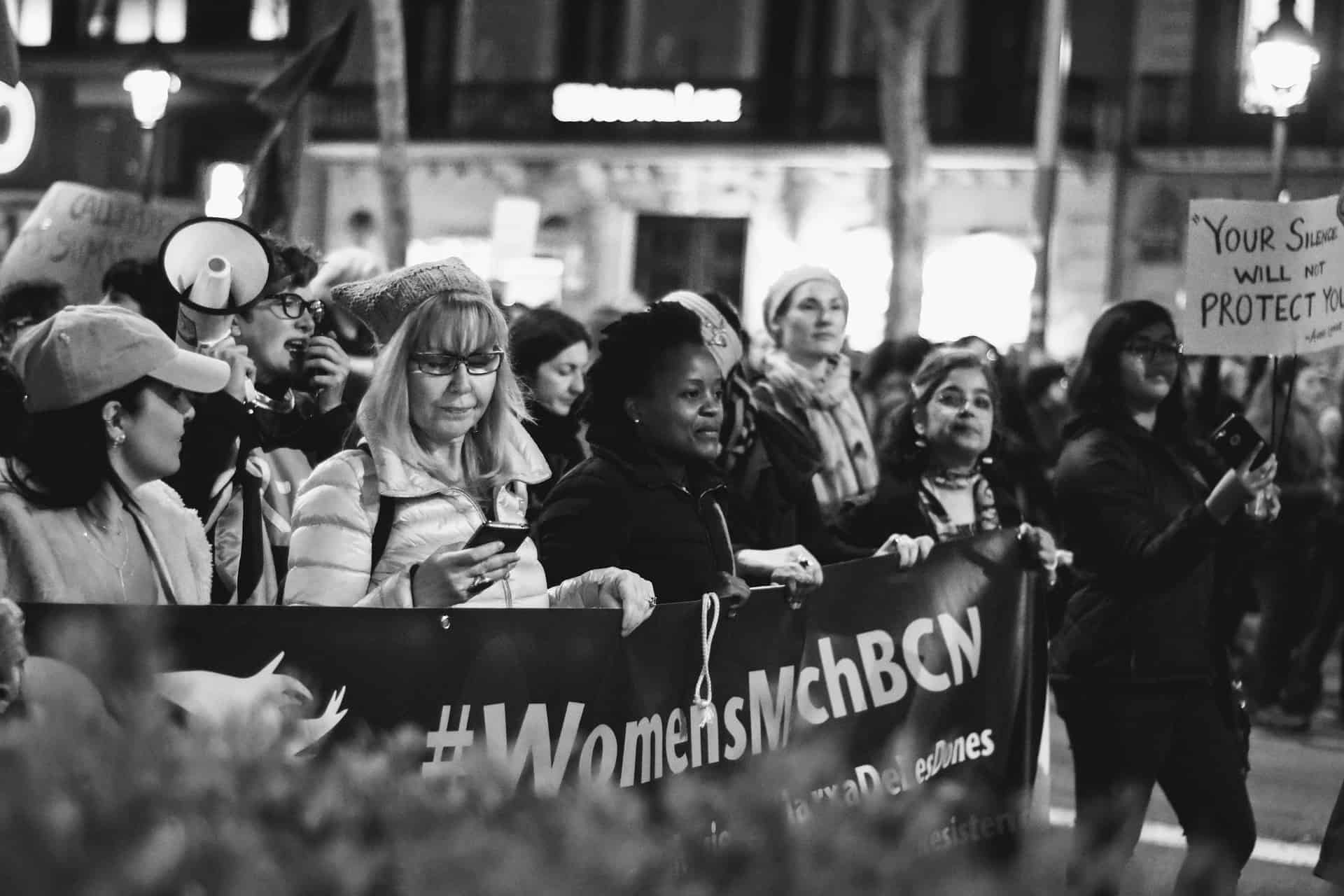
Women's Equality Day
Under the leadership of Rep. Bella Abzug (D-NY) in 1971 and passed in 1973, the U.S. Congress designated August 26th as "Women's Equality Day." This date commemorates the 1920 certification of the 19th Amendment to the Constitution, granting women the right to vote. This day signifies the culmination of a massive, peaceful civil rights movement by women that had its formal beginnings in the early 1900s. The observance of Women's Equality Day not only commemorates the passage of the 19th Amendment, but also calls attention to women's continuing efforts toward full equality.
Present Day
Today over a hundred years later, America still struggles with providing equitable access for all Americans to cast their ballot. While African Americans, Hispanics, and Latinos have earned the right to vote, voting rights are still under attack. Since 2008, many state laws across the country have made it increasingly difficult for people of color to vote. Voter ID laws and the limited access to voting centers which impact wait times in some states, are making it more challenging for many to vote.
More recently, women's rights and gender equality are still under attack. With the overturn of Roe v. Wade in June 2022, women's sexual and reproductive rights are becoming more limited across America. Not every woman has equal access to health services like contraception and safe abortions, and the Supreme Court decision ultimately allows states to make the decision for women and can ban abortions or significantly limit the timeline on access to an abortion for any reason. In addition, women are the subject of gender-based discrimination in the workplace.
The Gender Pay Gap is real for all women in America. Equal pay for the same work is a human right, but time and time again, women are denied access to a fair and equal wage. Recent figures show that women working full-time in the U.S. are paid 83% of what men earn. The gap often starts for women as soon as they graduate and grows wider throughout their lifetime. At the current rate of change, America won't achieve pay equality until 2111. The Gender Wealth Gap shows that women only have 32% of men's wealth. This gap leads to a lifetime of financial disparity for women.
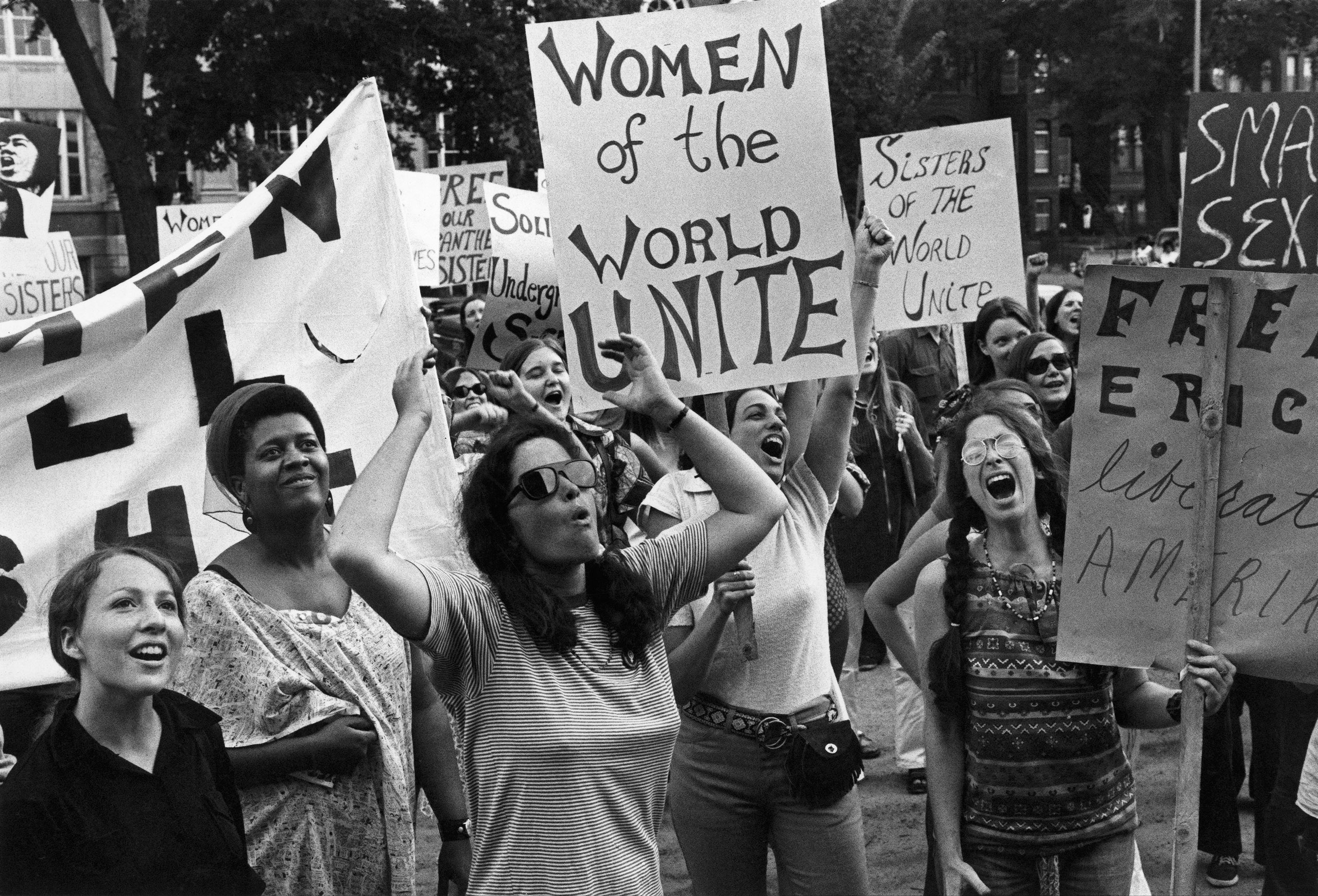 What Can Organizations Do?Organizations can celebrate Women's Equality Day by:
What Can Organizations Do?Organizations can celebrate Women's Equality Day by:
● Listening to Women – Are you wondering how to improve work conditions for the female staff at your company? Well, all you need to do is ask! Send out a survey, and host focus groups to understand the needs of women in your organization. Or better yet, provide a safe environment for them to voice their concerns and needs on an ongoing basis.
● Review your organization's policies and benefits – Review your family leave and work schedule/telework policies. Look at your benefits to ensure they are inclusive and supportive of all of your employees' needs.
● Support the personal and professional development of women and other underrepresented groups – Launch a mentoring program where employees can connect with their senior leadership, discuss career goals, network, and provide educational opportunities and career planning. It will make them feel more empowered about their abilities. Representation matters a lot!
● Educate Yourself and Others – Education and awareness are the best ways to celebrate equal rights! Share some facts you learned from this post with your colleagues.
Read more about gender equality and women's rights; some great books to read are:
● The Women's Suffrage Movement by Sally Roesch Wagner
● We Should All Be Feminists by Chimamanda Ngozi Adichie
● Women, Race & Class by Angela Davis
● Invisible Women: Exposing Data Bias in a World Designed for Men by Caroline Criado-Perez
Conclusion
It is essential to understand that many early equality celebrations left out women of color. Women's Equality Day was created in 1971 to commemorate the passing of the 19th Amendment, which guaranteed the right for women to vote in 1920. At the same time, as we acknowledge the milestones in American history; we must not forget to honor the African American, Hispanic, Latino, and other women of color who were often behind the scenes working to fight inequities. Celebrate this upcoming Women's Equality Day by learning more about the less commonly known stories of the movement.
References
https://www.archives.gov/education/lessons/woman-suffrage#background
https://www.politico.com/news/magazine/2020/08/26/19th-amendment-meant-for-black-women-400995
https://www.brennancenter.org/our-work/research-reports/impact-voter-suppression-communities-color
https://www.womenshistory.org/exhibits/representation-hyphen-latinas-fight-womens-suffrage



